Chinese choreographer Yang Zhen has recently been a significant attraction in the international dance scene. His work Minorities points to the traditional folk dance training system – the dance vocabulary from different cultural ecologies is absorbed and transformed by the institution into norms and standards imposed on different individuals. Yang’s critical approach weaves personal histories and institutions into a celebration of contemporary documentary dance theatre, recreating the blood and tears in the rehearsal room, the struggles within, the standard beauty, and the endless competition that form an appreciated female dance body within the institutional system.
Choreography, as a strategy for organizing the body, redefines the way it interacts with the world.
Joseph Lee (#DANCELESS complex 2023 Curator)
The Theme of the Complex

Think with the|#Thinking #Initiative #Action
“Think with the ( ) Body” advocates dance as a way of thinking, presenting the thoughts of contemporary choreographers from different cultural backgrounds on their creative subjects. The creation of dance will help explore the meaning of the body as it is interpreted and manifest in different contexts.
Dance uses the body as a medium. Looking at the inside and outside of the body in contemporary times, can we unfold the traces accumulated from our life experiences? Can we re-examine our notions of regulations, perceptions, materiality, the Other, fluidity, and imagination in this year’s six works? We see the body as a tool and vehicle for knowledge production and a medium to connect with reality. Therefore, we propose using choreography as a strategy to organise the body and movements somewhere in spacetime and re-adjust how we interact with the outside world.
Unlock Dancing Plaza has long been concerned with transcultural, transregional and transmedia notions. This year’s #DANCELESS complex will attempt to present, explore and experiment with issues of contemporary dance, such as aspects of the body under different filters, and propose how choreography can be used as a means or form to address socio-political and cultural interactions. The six works presented here showcase a multiplicity of body issues — the body normalised by folk dance institutions, the body under scrutiny in alternative therapies, and the non-human body choreographed to perform in dance performances. Various media intersect and coexist to blur the boundaries of classification and view different connotations related to the body. Dance is used to confront one’s situation, finding gaps between personal history and social norms for the imagination to explore new perspectives to understand the world.
()|#Unknown #Supplement #Invitation
A contemporary dance festival; () dimensions of entry
The space between the brackets in the complex’s theme not only opens up the gap of meaning but also loosens the interpretation of our proposition to bring in the question – from what point of view do you observe the body, whether it is yourself or others? The gaps of meaning point to openings that are plural, unknown, or yet to be defined. Viewers are expected to fill them in with their interpretations, to hold and support the unwritten imaginations and ideas in a tangible framework.
To provide a point of reference for the audience, we put an adjective in brackets in each programme to temporarily anchor a specific aspect of our observations, such as what kind of body we see. Still, there are other entry points of the work. We believe a piece of work has multiple aspects simultaneously and that various points of reference and focus can be revealed in different projects. We invite you to add words to this small space at other times and try to define the whole project or individual programme by yourself, transforming your thoughts into actions that reflect your viewpoints and relationships.
Body|#Body #Corporeal #Body
Six Choreographic Propositions; Six Perspectives on Thinking about the Body
Due to the pandemic and social movements in the last few years, we have again had to understand distances, limits and social interactions. Foundations of our lives which were once solid and stable have become fragile and uncertain, causing us to rethink the relationship between an individual and their surroundings. Our team turns towards the body and looks back at our bodies to capture the inspirations and revelations dancing among social interactions and thoughts, to think about performances in speculative, intuitive, sensory, and associative ways by way of the experience and wisdom buried in the body, and rehearse for the unpredictable future by gathering our thoughts to stabilise ourselves in the turbulent times.
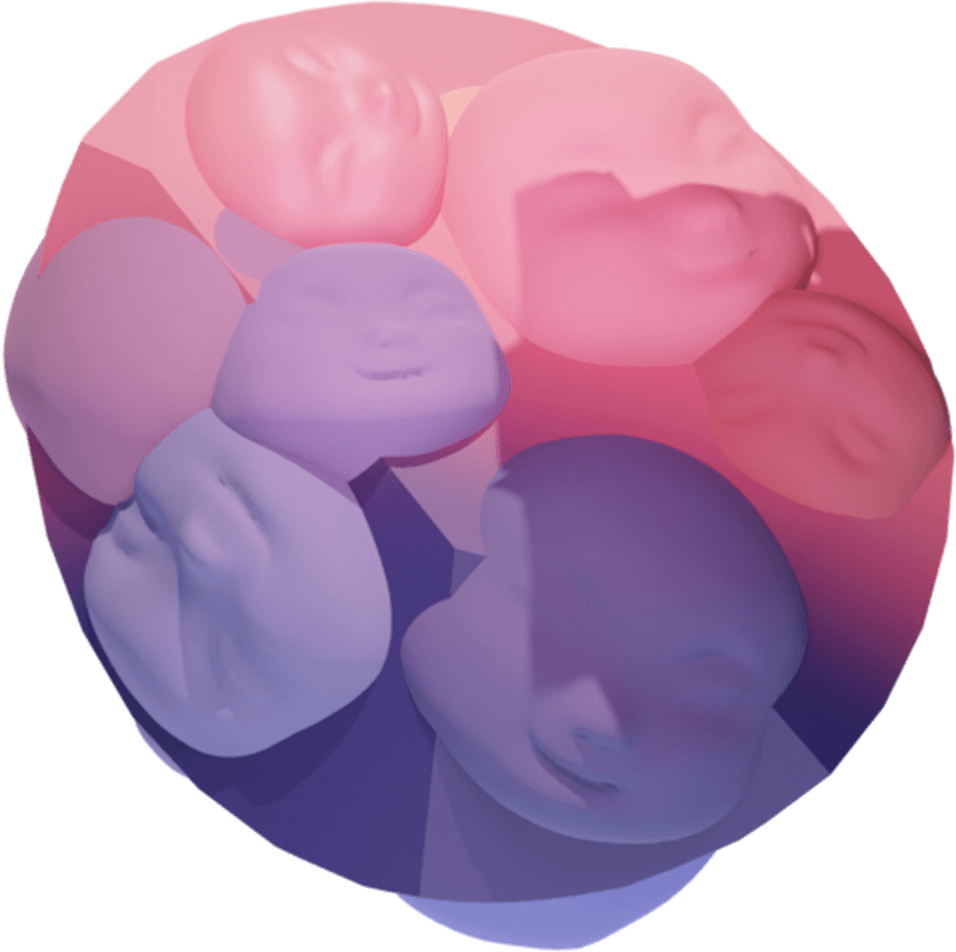
Think with the (conditioned) Body
The body of institutions and invisible regulations
Think with the (visceral) Body
The ultimate expression of the body from the inside out
One of the commissioned works comes from Adrienn Hód, a Hungarian choreographer we invited in the last edition, who will deconstruct the performativity of the body through the contemporary lens. This year, she is invited to collaborate with three local dancers and three Hungarian dancers to choreograph her new work Midnight Oil, leading dancers from both places to dive into the core of her creation to jointly explore the performer’s presence and the relationship between the performer and the audience. The work amplifies the performers’ inner energy, texture, senses, emotions and language. We will identify the performers’ characteristics and physical abilities through improvisation, highlighting their cultural similarities and differences in the dancers’ exchange to develop a flowing physical landscape on the stage.
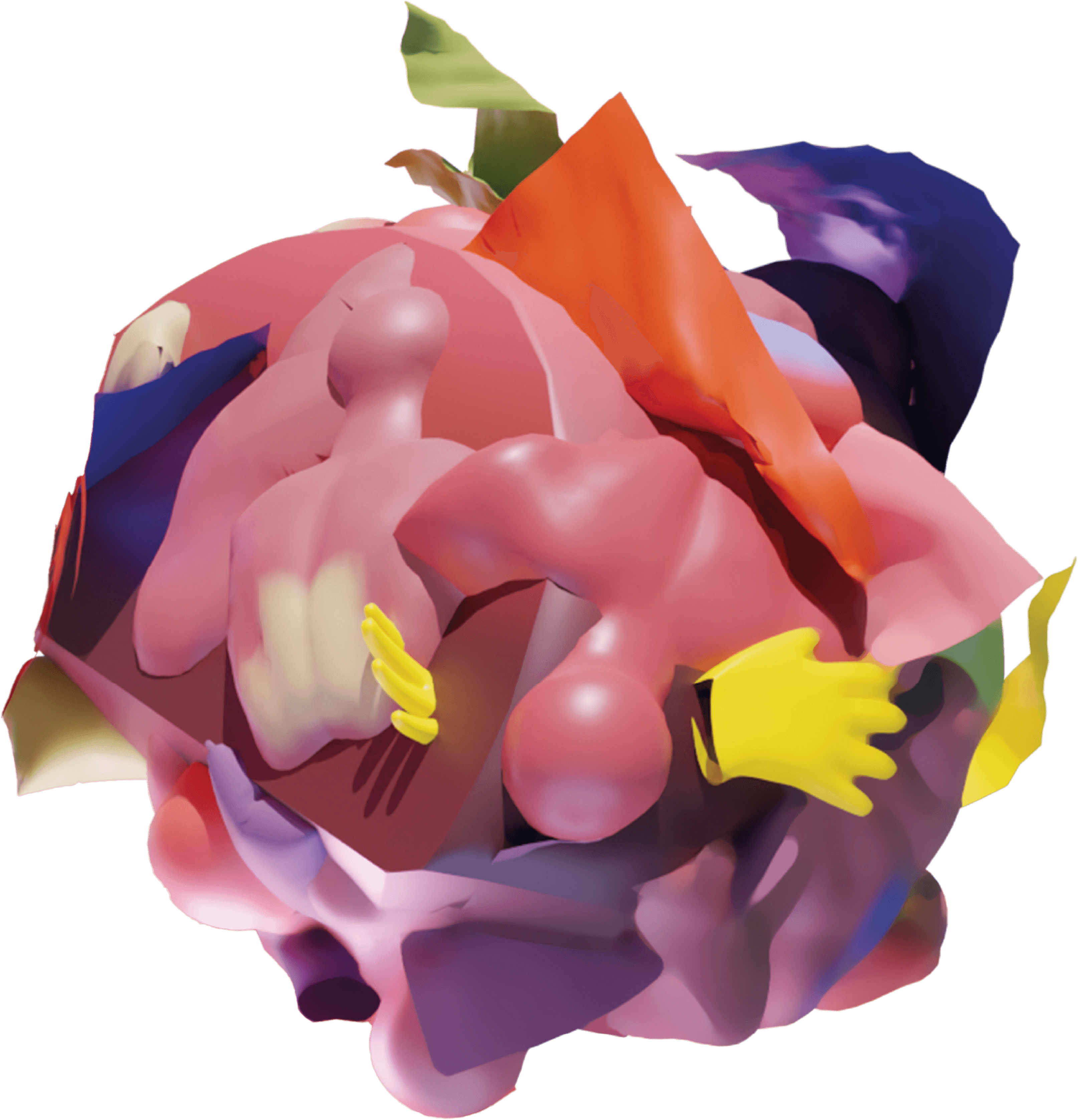

Think with the (poetic) Body
The body’s memory transformed into material sound
A collaborative project between local dance artist Gigi Yang and transmedia artist Law Yuk Mui will be held at 1a space, a contemporary visual art space in Cattle Depot Artist Village, to showcase their understanding and imagination of the interaction between the body and other media. Working across different media, including text, moving images, images and sounds, the two artists attempt to record, capture, translate and amplify the traces left by the body’s movement in memory and physical space and respond with an abstract response.
Think with the (other) Body
Looking at the body of the Other
The highly characteristic European choreographer Jefta Van Dinther’s Dark Field Analysis takes on the intimate body and translate it into a view of history. The work looks at the blood flow in the body in great detail, using blood symbolically as a metaphor for both intimacy and danger to illuminate the tensions between relationships and the imagination of the inner senses. The Other points to the understanding of the body in alternative medical therapies, which are excluded by science, while also calling upon the queer body in society. These will be magnified in the filter of the theatre, drawing out emotional resonances through intimate experiences.
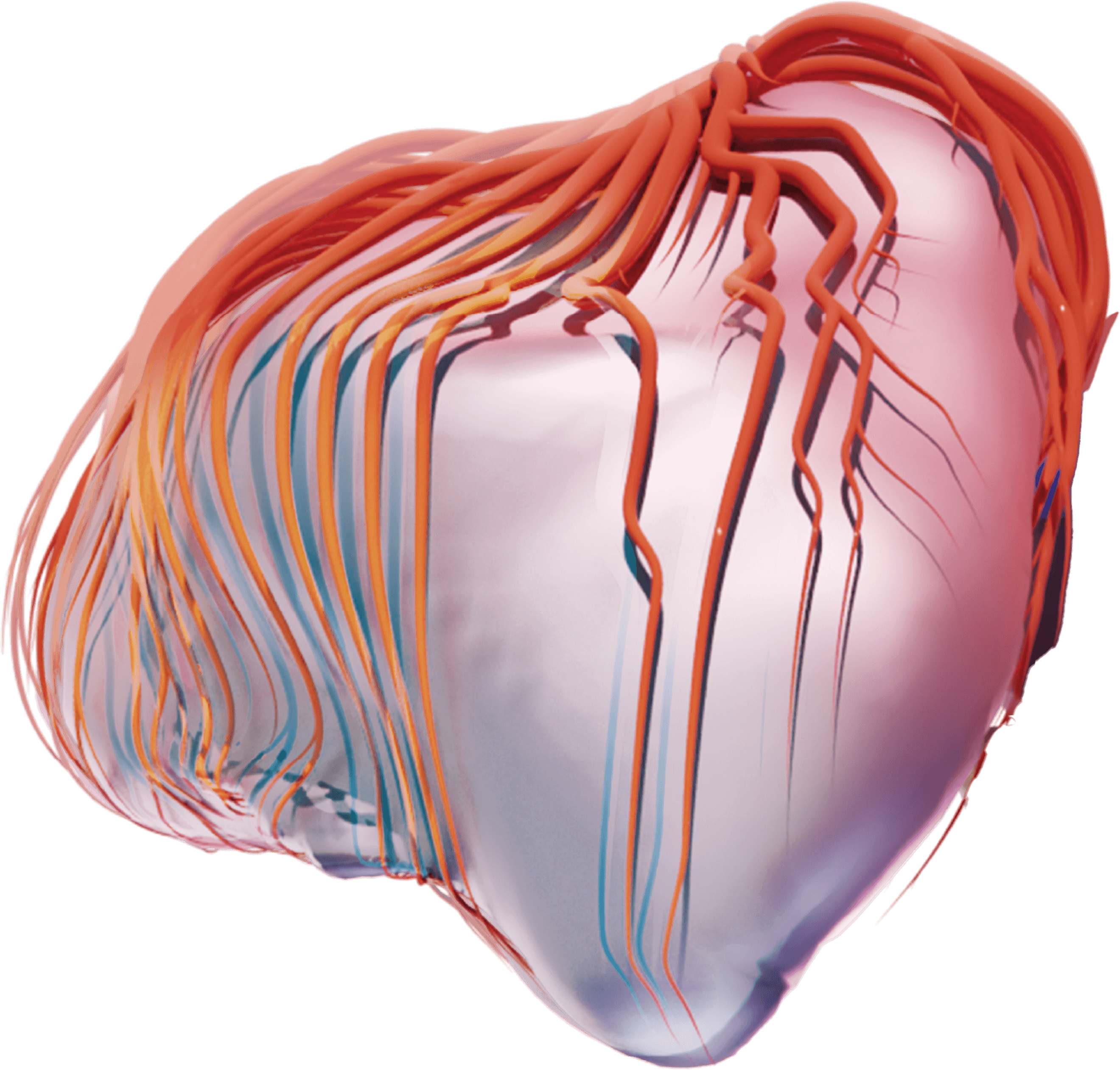
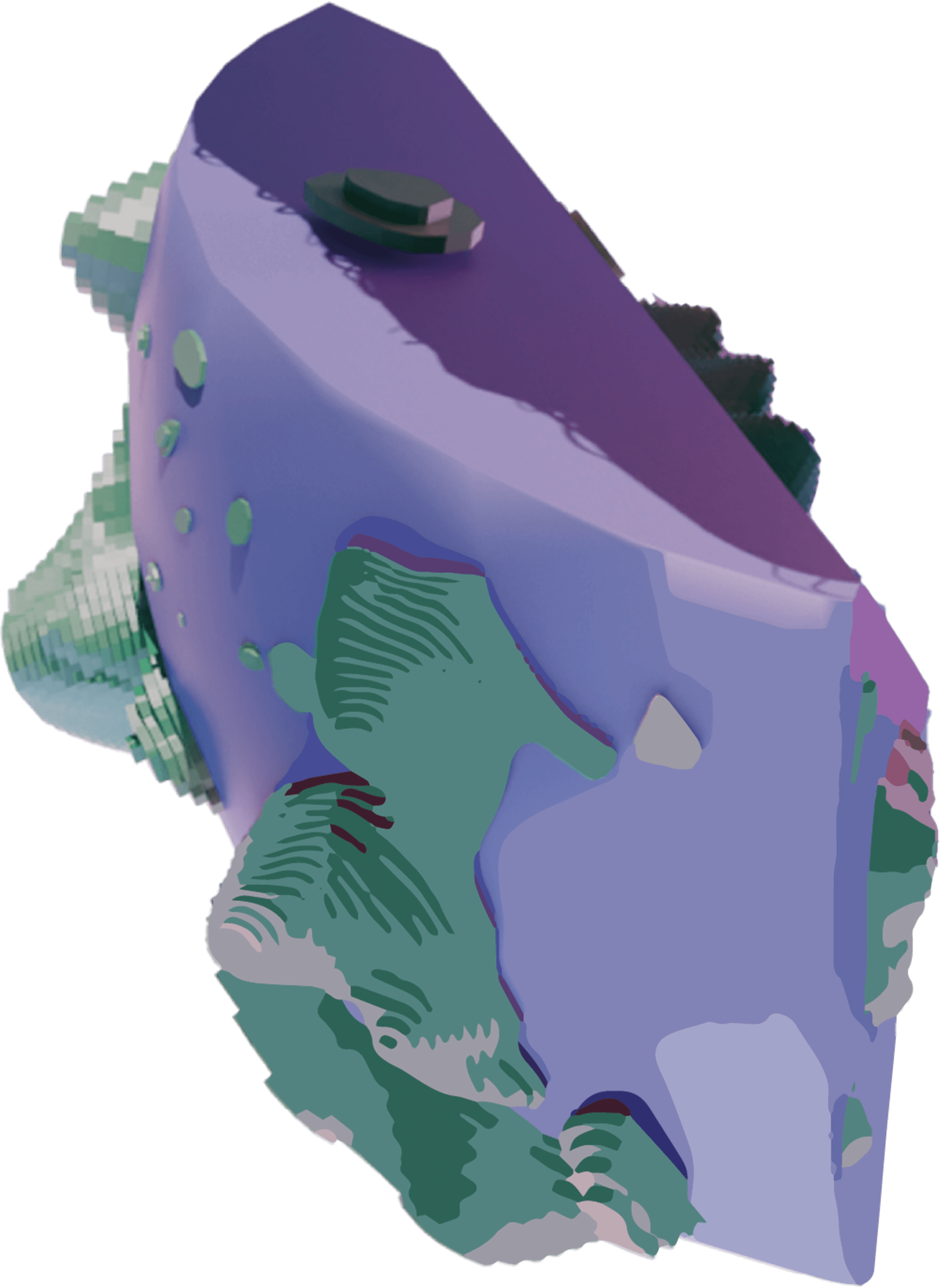
Think with the (mobile) Body
The body flows through borders, defining the possibilities of existence
Albert Garcia, a young choreographer who lives in Taiwan and creates performances all over Asia, focuses on the reflection and dialogue between institutionalised dance aesthetics and personal identity to restart changes in the social mechanism of personal performances. He questions the politics of mobility through displacements across geographical and identity borders. He integrates fragments of his life in displacement to connect with stories and experiences he collected in different regions, blending the boundaries of reality and fiction to create a one-person show that mixes various media and features acting and speaking simultaneously. Once the dance begins, it will reveal figures in drift, a delicate and detailed awareness of the environment, and a nostalgia with nowhere to settle on.
Think with the (imagined) Body
The body: in imagination/ as new/ in dance
Local choreographers Chan Wai Lok’s Click and Joseph Lee’s this work has three possible titles: will return to a black box theatre for the Hong Kong premiere. These are the closing programme of the complex. In Click, Chan recreates alternative imaginings of movement, body and choreography in virtual space, where the body is reassembled to create a solo dance in a duet. Departing from the established imagination of mainstream dance, this work has three possible titles: dismantles, reverses and reassembles relevant details to question self-reflexivity in a work and the flow of the subject in the intersection of text, sound, movement and meaning.
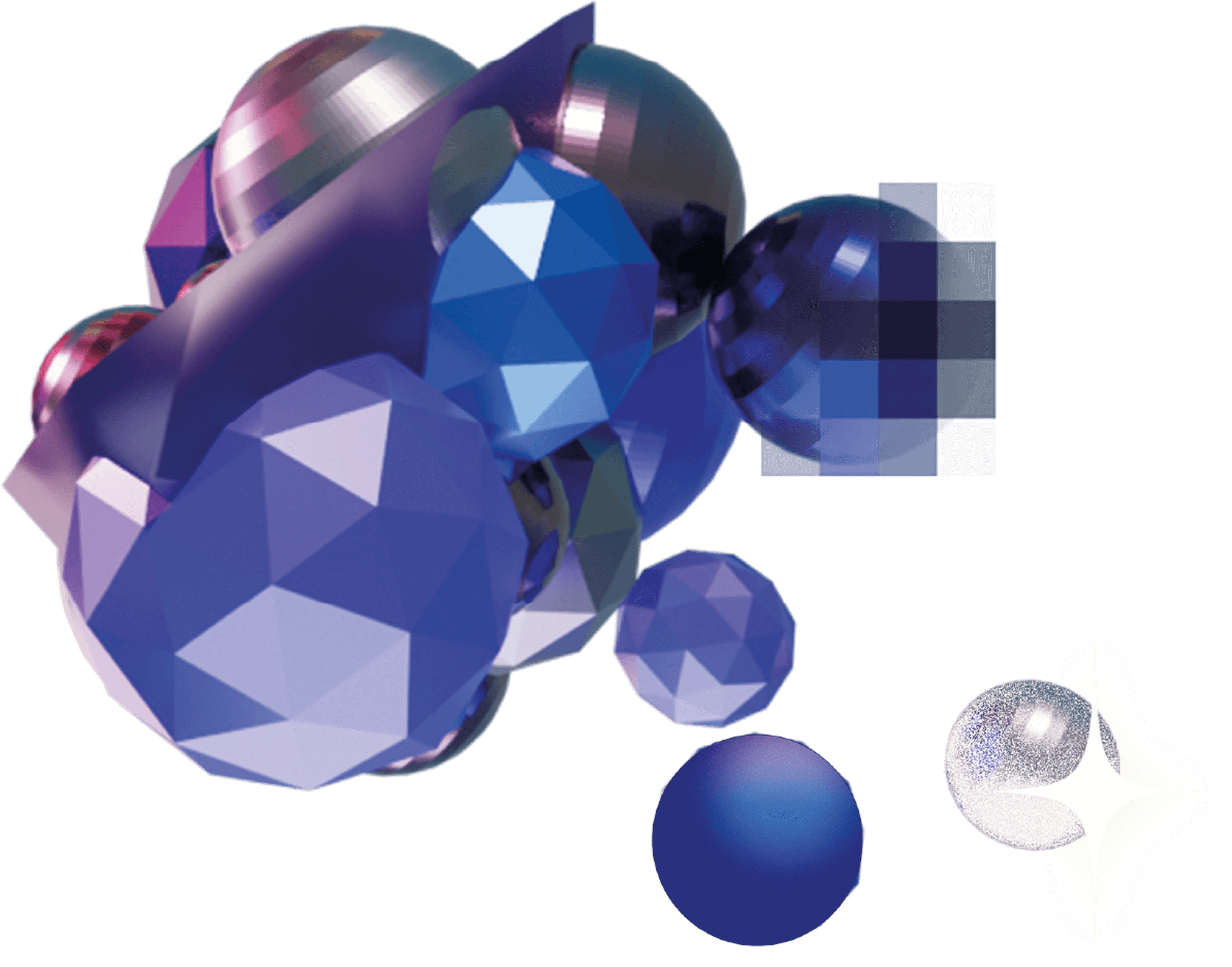
Besides bringing us performances at various venues, the invited choreographers will lead exchange programs and share their creative process with participants to stimulate imagination and exchange ideas to facilitate more creation. These include a two-week residency programme for close interaction with local artists and one-off workshops allowing the public a glimpse of the creative process. Yang Zhen and Jefta van Dinther will hold open workshops for the public and professional dancers to participate and exchange ideas. Albert Garcia and Adrienn Hód will be in Hong Kong for a few weeks to develop their commissioned works. Gigi Yang and Law Yuk Mui’s collaboration will result in an exhibition open to the public that shows the development of the work outside of the performance. After the performances, local artists and choreographers will hold a dialogue session to further reveal their works’ concepts and exchange perspectives across borders.
Performance Writing Project is a text-based project that includes documentation of the #DANCELESS complex and writings based on the works presented. We hope these writings will consider possibilities beyond criticism, transforming the understanding of the works of creators from various backgrounds into tangible and creative “documents” that bring an alternative awareness close to dance. Even when the performance piece has ended, the “document” will continue to circulate in the physical world, continuing the inspiration brought by the work.
This year’s Unfold the Thinking Performance Writing Project aims to respond to the theme “Think with the ( ) Body” by considering writing as a vehicle for thought and transforming reading into physical action. This year, contemporary dance artist Dick Wong is invited to co-author with six writers from different backgrounds, experimenting with the possibilities of writing performances beyond criticism in response to the creators/works of #DANCELESS complex 2023.
The direction of this year’s writing project is based on “guided readings”. The writers’ work on approaching the performance pieces will be collected in separate envelopes. Although the contents are text-based, they can also use images, symbols and typography to create “Guided Reading Letters”, which will be placed at the front desk for the audience to read before the start of their respective shows. The envelopes contain guidelines on the best time to read them (e.g. before/ after the show/ other). From opening the envelopes to reading the letters, the viewing experiences interwoven in the text will be unveiled layer by layer. The audience will gain another perspective on the work through these outside (or inside) readings.
At the end of the project, there will be a sharing session where the audience, writers, and curators will be invited to have a dialogue and discuss the relationship between performance, viewing and writing.
Our team regards the complex as a process of ever-becoming. Each invited choreographer will experience different levels of retrospection, creation and reflection through events such as residency programs, workshops, newly commissioned works, shifting performance venues, etc., unravelling their relationship to dance through their creative process. The participants and the audience can think about their personal experiences and the process of reading the work from many perspectives. The months-long complex is similar to a vast body, organised by exchanges, performances, gatherings, and diverse imaginations of dance, which will grow and change with each encounter and develop more flesh and bones as thoughts are gathered.
To allow events in the project to be seen, creators, curators, scholars, directors, etc., from different sectors will be invited to watch, participate and discuss over the three-month complex. We hope the knowledge, experience and observation generated in the process will be recorded and stored as a zine in text and images. The connection between them will form lines, while the discussions will form points, and the dimensions of viewpoints will interweave into a web. These will be strung together in the zine, which will contain the backbone of the discourse of the whole complex, as well as the records, observations and reflections of the process of various communication projects. Through writing from multiple perspectives, we can bring in more ways of reading dance, creation and planning, and spread and extend the discussion of the complex to go across the boundaries of the theatre and spacetime.
In addition to the discussion of works, the complex also incorporates the concept of “study,” which has been the development focus of Unlock Dancing Plaza in recent years. #DANCELESS studies invites choreographers to develop “process-oriented” study projects that archive and publish the process in different formats.
This year, we have invited Sharon Tam Suet Wa, who studied choreography in Germany, to continue her study of memory, writing and choreography at Unlock Body Lab in 2020. Using “letters as the primary means of communication, “she will further explore how text and instructions can expand space and imagination when used as a choreographic technique. Through a long correspondence with three dancers from different regions that leads to a consensus, she creates a series of exercises, instructions and materials that points to choreography as a metaphor for power in the traditional context and the use of writing as a tool for creating performances, teasing the gap between interpretation and reading. As intimate documents, the letters allow the dancers to exchange their impressions of each other, their emotions, and their thoughts. The coding of their performance is staggered and merged in the delays between these back-and-forth exchanges, gradually dissolving the boundaries between performance, practice and the everyday. Taking place over nearly a year, this process will be published online alongside an online sharing session held in October, where choreographer Sharon Tam Suet Wa will talk about the study project and the process in between.
